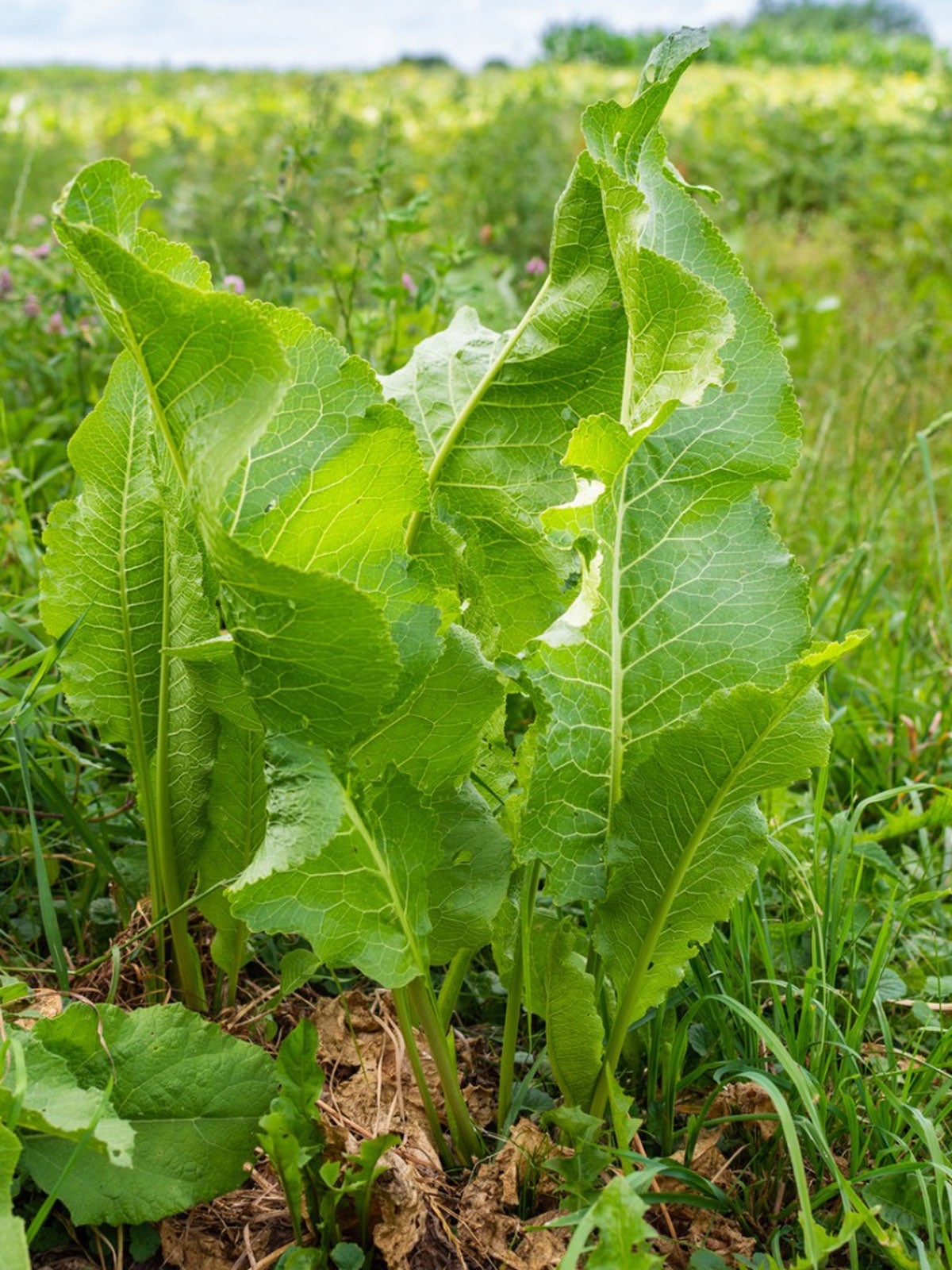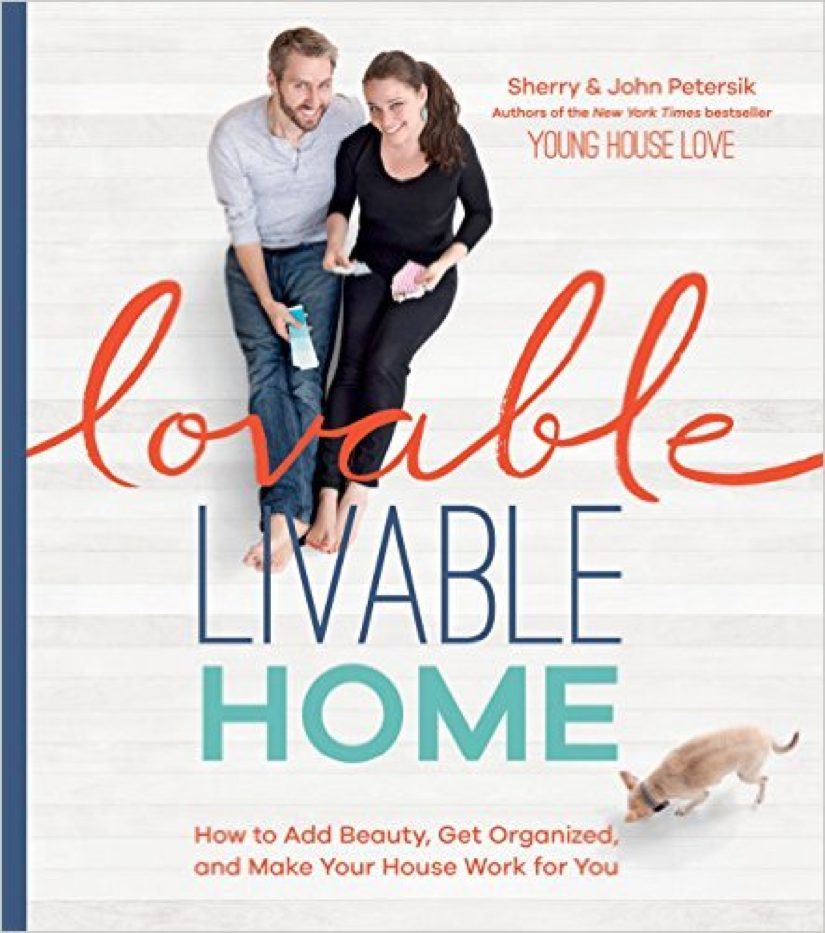Table of Content
When you're layering, you want the dry browns on the bottom with the wet greens on the top. During the growing season, you should provide the compost pile with oxygen by turning it once a week with a garden fork ($40, The Home Depot). The best time to turn the compost is when the center of the pile feels warm or when a thermometer reads between 130 degrees F and 150 degrees F. Stirring the compost pile will help it cook faster and prevents materials from becoming matted down and developing an odor. At this point, the brown and green layers have served their purpose so it's ok to stir thoroughly and intermix the two materials.
If you want to start a compost pile, choose an open area—you need at least 3 square feet of space—and scatter some twigs or straw to ensure aeration and drainage. Use chicken wire or fencing to protect your pile from animals such as raccoons (or even the neighbor's dog). Looking for a stylish compost bin for your kitchen, one that can blend in with your decor? With a matte ribbed design and gold-tone metal label, the coated steel caddy resembles a utilitarian food or coffee storage container. This 2.5-liter, hand wash–only compost bin comes with a handle for disposal. Homemade compost is invaluable in the garden – it’s a great soil improver, mulch and growing medium.
How To Make Compost Manure
DO NOT add more raw materials unless the process is not working properly. Before the temperature drops below 100° F., turn the materials so that fresh materials, air, and, if necessary, water are available at the core of the bin. The heat generated by your compost pile is a result of microbial activity. Microbes are active in small numbers at temperatures just above freezing and are most numerous at 130º–140º F. Ensure you cover and bury your food scraps in your pile.

Small changes to your home’s structure can help you reduce energy consumption, recycle your cans, plastic bottles, and glass, and compost. If you have never made a compost pile before, we’ll show you how in four simple steps. A byproduct of wood fibers, paper towels are compostable. If you don’t want to waste paper towels by tossing them directly into the trash, add the paper towels to the compost even after cleaning up food and drink spills. Many people turn to compost as a solution for eliminating kitchen waste.
Best Compost Bins for Kitchens & Outdoors
Badly diseased or insect-infested plants and weeds containing seed may not heat up enough for decontamination. If you don’t have a yard or access to outdoor space, you can still try composting at home. Before you start composting, it’s important to understand which items you can compost and which you should avoid composting. It’s a great way to recycle scraps from your yard and kitchen while also enriching the soil in your garden, improving water retention, and protecting against erosion. Must provide suitable location and temperature for worms; may attract fruit flies. In dry weather, cover the pile to prevent excess moisture loss and to aid decomposition.

Many food scraps you discard and even yard waste outside your house are ideal compost materials. After understanding the composting process, it’s easy to identify which items you can not compost. Carbon is what is most needed in the pile since it helps slow the decomposition process to prevent rotting.
Top 6 benefits of home composting
Information and resources shared by FRN are for informational purposes only and are not intended to diagnose, treat, or cure any type of disease or condition. All of these microorganisms are aerobic meaning they need air to function. The good news is that there will be lots of air in your compost if you create the perfect recipe (see Secret #4). That’s what Secret #3 is all about… discovering the superheroes of the composting process and what they need to do their job. You are merely here to create the best possible conditions for the process to unfold.

Once your bin is at capacity, secure the bag, and place it in the freezer (yes, really!). This will make scraps easier to transport, eliminate any odor, halt active decomposition and buy you some time if you can’t immediately get rid of them. Whether you opt for a plastic bin or a stainless steel version, make sure it comes with a lid. Follow our guide to composting so you can help improve the planet — and your own home garden — while reducing the amount of garbage you throw away. Experts from the Good Housekeeping Institute share their tips and tricks for making composting work no matter where you live.
The existence of these tiny guys proves that there is still organic matter breaking down as it passes through their digestive systems and represents a balanced ecology. The application of synthetic nitrogen to fields is a significant portion of nitrous oxide emissions – a powerful greenhouse gas. Compost helps reduce the use of NO2 and other chemical fertilizers and pesticides. As for how much you turn it, you'll probably turn it less if you have the right ratio of greens to browns. Diggs says when you start out you might be turning the compost once every seven to 10 days.
As the elements decompose, they can later be used for other purposes, like mulch. Most compost bins have too much nitrogen, especially if the main source is from grass cuttings – the result is smelly sludge. If you have too much carbon in your bin, the composting process will be very slow. Finished compost has so many uses, we wrote an entire article all about it called How to Use Finished Compost.
As charming as it is durable, the retro style Spigo Steel 1-Gallon Kitchen Composter's stainless steel design is rust- and leak-resistant. The enamel coated exterior also will not scratch or chip, and is available in five colors . Its lid with a charcoal filter helps minimize odors and stainless steel handles allow for effortless carrying outdoors. She lives on six acres with her husband, daughters and backyard poultry flock. If you’d prefer to make your own DIY Compost Bin, read our instructions for building a home compost using an old garbage can.
It can be kept indoors, surprisingly, the bokashi doesn’t smell when the lid is on. At most you might get a slight pickle-esque smell when the bins are close to full. You’ll see people recommend all kinds of compost recipes. But they are all variations of the same, simple “layered cake” recipe.
Another type of compost is vermicompost, which is made with the help of worms. When these worms eat your food scraps, they release castings, which are rich in nitrogen. Worms for composting can be purchased inexpensively online or at a garden supplier. Turn your food scraps and yard waste into "black gold" that will feed your plants and improve your soil. Composting is a process that allows naturally occurring microbes to convert yard waste, such as leaves and grass clippings, to a useful organic soil amendment or mulch. How often you need to turn your compost depends on many factors, including the size of the pile, amount of moisture, and ratio of brown to green materials.
Bacteria and fungi can be used to break down organic waste. It is best to feed and protect your plants with compost for the entire growing season, consisting of two inches. Compost is the best option for the majority of kitchen waste. However, certain types of leftovers should be avoided. These products have a tendency to break down slowly, making it extremely smelly compost or inviting rodents and other pests in. The problem with adding dried leaves or grass clippings to your compost comes from whether or not you use pesticides as part of your lawn care.

No comments:
Post a Comment